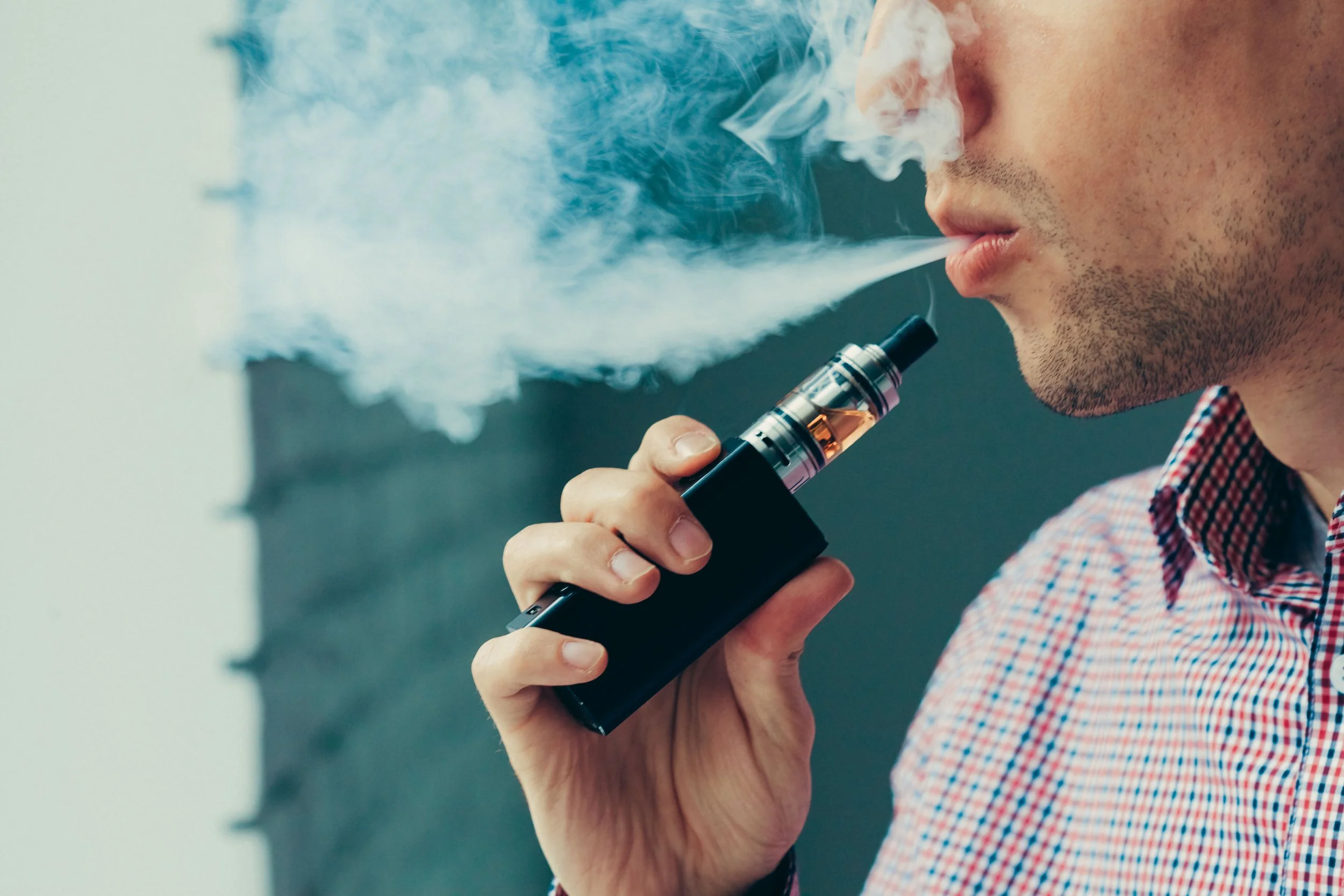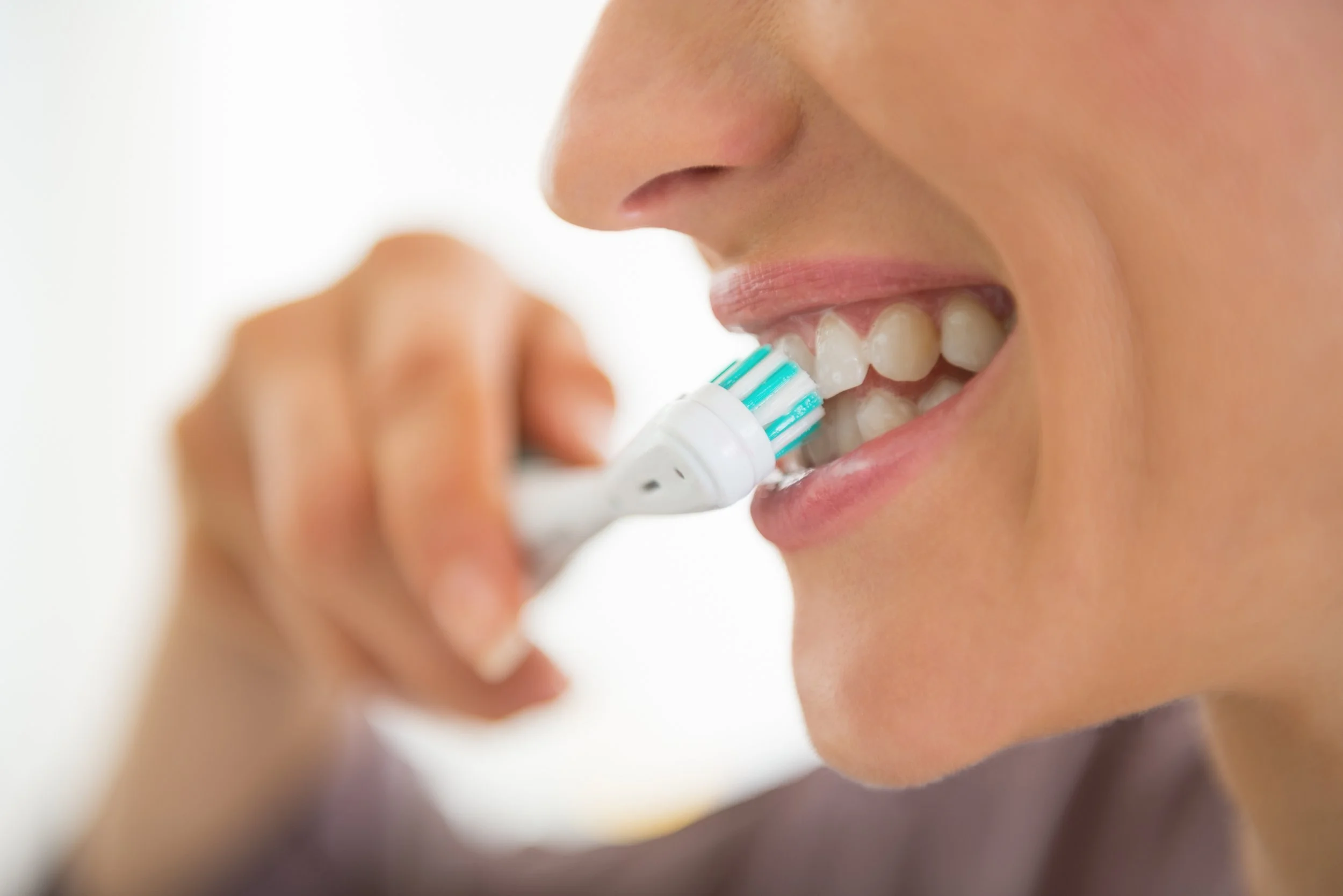Our Bellevue dentistry team knows that in recent years, there has been a lot of talk about dental x-rays and whether or not they do more harm than good. Most of the discussions started after the National Council on Radiation Protection & Measurements released what’s now known as Report No. 172. Soon after, many dentists opted to err on the side of caution. They began looking into utilizing different film speeds, digital equipment, biophotonics, best practices and the like, all in an effort to reduce patients’ radiation exposure.
And as for the patients, many started to realize that there is just no escaping radiation. Why? Not only does it occur naturally, it may be found in everything from computer terminals, wrist watches and beer to airplanes, airport scanners and steaks. As such, it is now widely accepted that most of us will safely come into contact with at least 6.2 milliSieverts of it on a yearly basis. So the goal for each of us should be to ideally keep our annual exposure at, or below, that level.
With that said, it’s important that patients let our Bellevue dentistry team know if they spend a lot of time walking through airport scanners or having medical imaging related procedures completed. That way, we can keep that in mind when evaluating the need for dental x-rays. For the most part, the x-rays are typically only needed in certain circumstances. The list of circumstances includes, but is not limited to initial visits, orthodontics work and examinations designed to detect problems not visible to the naked eye (e.g. root abscesses).
If dental x-rays are needed, our Bellevue dentistry team can take precautions to ensure that you’re exposed to as little radiation as possible. To learn more about dental x-rays, common safety precautions and low radiation options, please contact us today.











